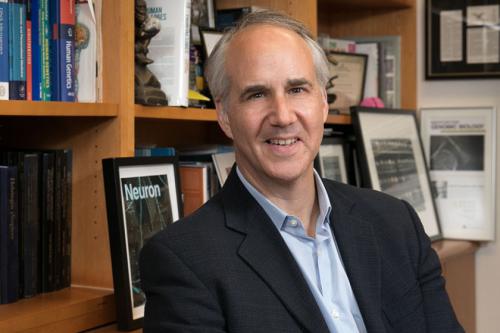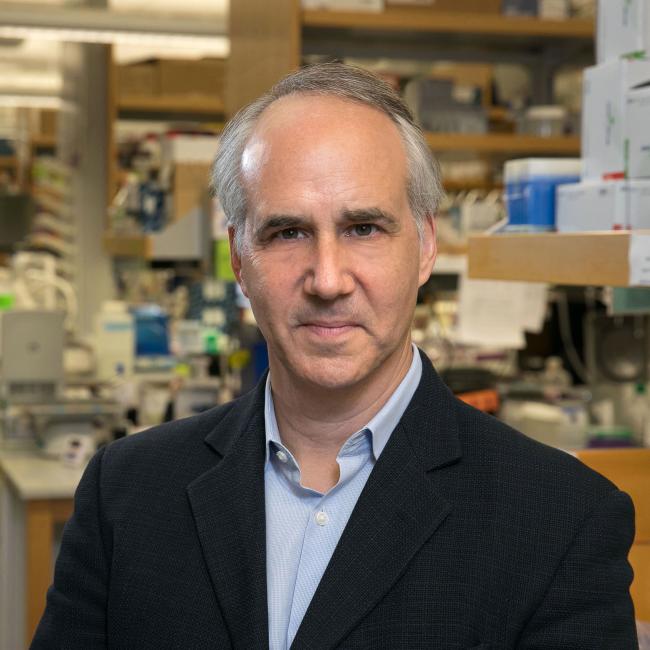
UCLA Health researchers analyze LA’s ‘stunningly diverse’ genetic ancestry to bring ethnic equity to precision medicine
Analyzing genetic ancestry data from a large genomic repository – the UCLA ATLAS Precision Health Biobank – researchers have found a highly diverse patient population that’s consistent with the global diversity of Los Angeles – one of the most ethnically diverse cities in the world and an ideal location to pursue personalized, precision medicine for underrepresented populations.
The researchers, from UCLA Health and the David Geffen School of Medicine at UCLA, are beginning to leverage this information to evaluate disease risk, prevention strategies, and treatment options based on a person’s individual genetic makeup, or genotype, and their phenotype, which consists of personal, observable characteristics that come from the interaction between their genotype and the environment.
“People of European ancestry constitute about 16% of the global population, but they account for nearly 80% of all genome-wide association study participants, making existing methods to predict disease risk from genetics vastly inaccurate in those of non-European ancestry,” said Dr. Bogdan Pasaniuc, an associate professor at the David Geffen School of Medicine at UCLA who specializes in computational medicine, pathology and laboratory medicine, human genetics, and bioinformatics.
When talking about their race and ethnicity, people tend to describe social constructs that include shared values, cultural norms, and behaviors within their subgroups. But the UCLA study looks at genetic ancestry – the history of one’s genome – and takes both into consideration.
“This study gives us an opportunity to explore the interplay between the two. Especially among those who describe themselves as multiracial, genetic ancestry bears little correlation to self-reported race and ethnicity,” said Pasaniuc, senior author of an article appearing in Genome Medicine that reports early findings from the UCLA ATLAS Community Health Initiative.
“So far, we’ve analyzed the genomes of about 30,000 patients and found a stunning amount of genetic diversity. Ancestries from virtually all continents are represented among UCLA patients, and by extension, the Los Angeles area,” he said. “Looking at an even finer scale, we find clusters of patients of Filipino, Korean, Japanese, Persian, Armenian and many other ancestries.”
Insights into the area’s rich ancestry are interesting, but greater value lies in how the data is mined, analyzed and leveraged to improve research and healthcare, especially for underrepresented populations, said Dr. Daniel Geschwind, UCLA Health senior associate dean and associate vice chancellor for Precision Health, an article co-author.
“The prevalence of genetic factors that impact disease risk can vary from one ancestry group to another, highlighting the need to take genetic ancestry into account when we’re studying risk and seeking to improve personalized healthcare in a population as diverse as ours at UCLA and the Los Angeles community. ATLAS is already producing useful results in this regard,” Geschwind said.
The ATLAS study collects biological samples from consenting UCLA Health patients, codes the samples, removes any personally identifying information, and provides the samples to approved researchers seeking new ways to prevent, detect and treat health problems. Self-reported demographics, including race and ethnicity designations, come from linked electronic health records. These also are de-personalized for anonymity.
“Our results underscore the utility of studying the genomes of diverse individuals through biobank-scale genotyping efforts linked with electronic health records phenotyping,” Geschwind said. In this and similar studies, phenotypes are derived from clinical conditions documented in medical records.
Among other findings and observations, the authors:
- Underscore how the utility of large-scale genetic analyses and deep phenotyping in diverse populations have substantial medical relevance for population health.
- Demonstrate that both genetic ancestry and self-reported constructs – such as primary spoken language – can be combined to identify and label distinct genetic clusters that would not have been characterized based on a single criterion alone.
- Spotlight limitations of current approaches to understanding genetic diversity.
- Indicate that genetically grouping individuals across sub-continental ancestries yields meaningful interpretation of disease risk across groups of individuals.=
- Show that disease status is not only associated with continental genetic ancestry but also associated with the specific admixture profile describing an individual.=
- Note that although race and genetic ancestry are correlated, ATLAS results suggest that populations constructed from the two concepts are not analogous. Therefore, clinical protocols should be grounded in actual biological phenomena rather than on assumptions based on race.
According to the authors, as the ATLAS sample size increases, they will be able to do more rigorous genetic and epidemiological studies to gain a better understanding of the role of genetic ancestry in disease development, with the goal of accelerating genomic medicine in diverse populations and exploring more individualized health solutions and interventions.
